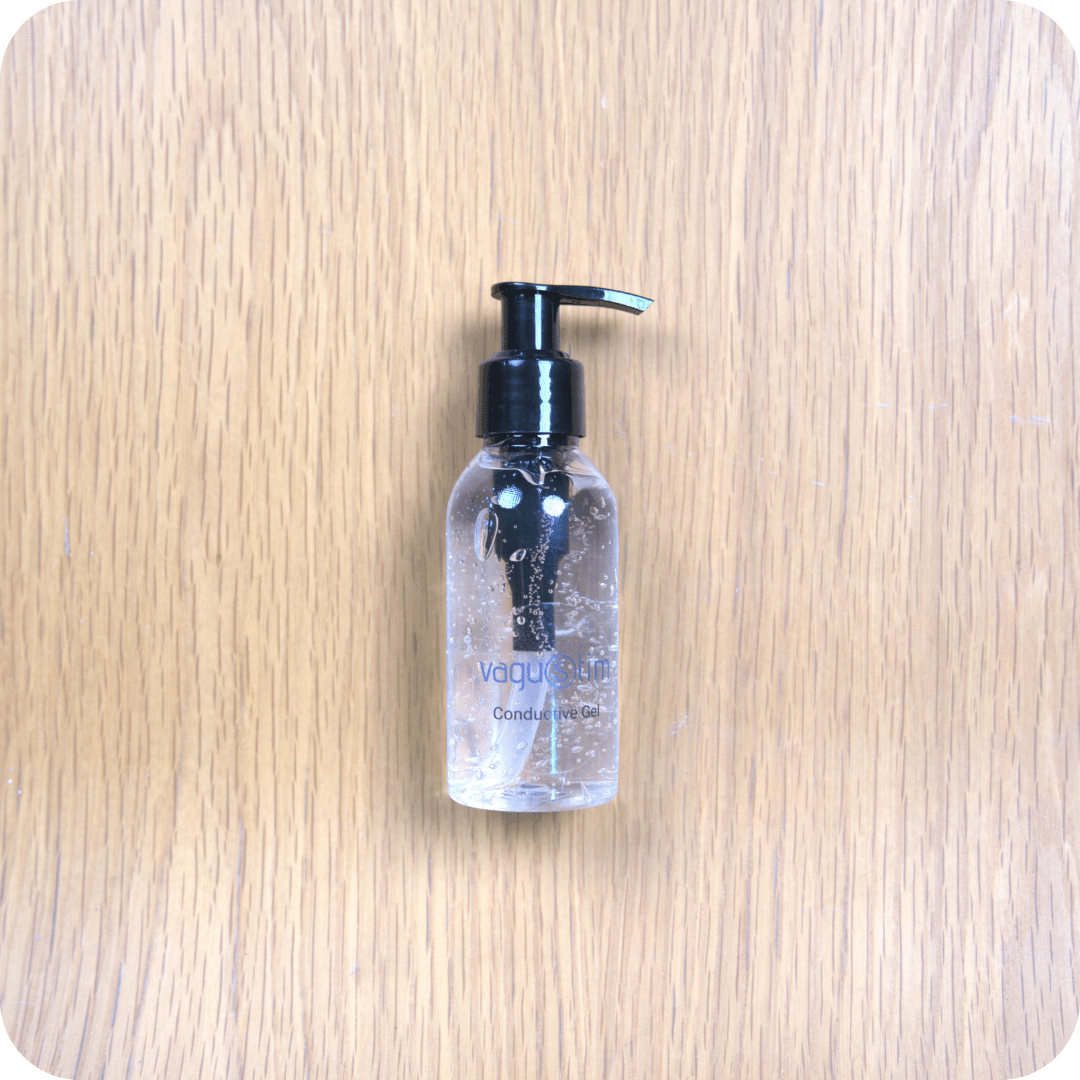What is Asthma?
Asthma is a chronic inflammatory airway disease characterized by bronchial hyperresponsiveness, airway obstruction, and excessive mucus production. The condition is driven by complex interactions between immune cells, the autonomic nervous system, and environmental triggers. Traditional treatments include bronchodilators, corticosteroids, and biologics targeting inflammatory pathways . However, some patients continue to experience dysautonomia, airway inflammation, and sympathetic overdrive, which can exacerbate asthma symptoms and reduce treatment efficacy .
The Role of VNS in Asthma Management
Several studies have highlighted the potential benefits of VNS in asthma:
- Regulation of catecholamines, which influence airway constriction and inflammation.
- Modulation of the cholinergic anti-inflammatory pathway, reducing excessive immune activation.
- Restoration of autonomic function, reducing sympathetic overdrive and promoting vagal tone.
- Improved pulmonary function, as indicated by increased forced expiratory volume in one second (FEV1) after VNS treatment.
Clinical Evidence for VNS in Asthma
Pulmonary Function Improvement
A study by Güçlüer et al. (2024) evaluated the effects of auricular VNS on cardio-respiratory functions after aerobic exercise. The results showed that individuals receiving VNS had a significant increase in FEV1 (p=0.007) compared to the control group, indicating improved lung function.
Anti-Inflammatory Effects
A study by Liu et al. (2024) discussed how VNS activates the cholinergic anti-inflammatory pathway, reducing systemic inflammation and potentially improving blood pressure regulation and airway resistance in asthma patients.
Autonomic Balance and Airway Function
Asthma patients often exhibit dysautonomia, where sympathetic overdrive leads to airway constriction and inflammation. VNS has been shown to restore autonomic balance, reducing tachycardia and improving parasympathetic tone, which may enhance respiratory function .
Potential Mechanisms of VNS in Asthma
Cortisol Regulation and Immune Modulation
Chronic stress and dysregulated cortisol regulation can exacerbate asthma symptoms. VNS has been linked to modulating cortisol levels, which may help control airway inflammation and reduce asthma exacerbations.
Sleep-Wake Cycle and Asthma Control
Nocturnal asthma symptoms are often linked to disruptions in the sleep-wake cycle. Since the vagus nerve plays a role in sleep regulation, VNS may help stabilize sleep patterns, reducing nighttime asthma attacks.
Epigenetic Regulation of Inflammatory Responses
Recent research suggests that vagus nerve stimulation may influence epigenetic regulation, altering gene expression patterns related to airway inflammation and immune responses. This could explain the long-term benefits of VNS in asthma management.
Integrating VNS
VNS represents an exciting new avenue for asthma management, offering a non-invasive, drug-free approach to improving airway function and reducing inflammation. Unlike traditional medications, VNS does not carry the risk of insulin resistance or systemic side effects often associated with corticosteroid use.
Advancements in non-invasive vagus nerve stimulation technology, such as Vagustim, offer, easy-to-use solution for people to improve their general well-being. By modulating autonomic function, airway inflammation, and neuroimmune responses, VNS may provide long-term benefits in asthma.
Keywords:
Blood-brain barrier, Cortical excitability, Excitatory neurotransmission, Catecholamines, Dysautonomia, Tachycardia, Sleep-wake cycle, Insulin resistance, Sympathetic overdrive, Blood pressure regulation, Cortisol regulation, Epigenetic regulation.
References
1. Güçlüer, A.O., Özden, A.V., Ural, H.İ., Alptekin, H.K., & Hatik, S.H. (2024). Effects of Auricular Vagus Nerve Stimulation on Cardio-Respiratory Functions After Aerobic Exercise. International Journal of Disabilities Sports and Health Sciences, 7(3), 494-501. DOI: 10.33438/ijdshs.1406505 .
2. Liu, F-J., Wu, J., Gong, L-J., Yang, H-S., & Chen, H. (2024). Non-invasive vagus nerve stimulation in anti-inflammatory therapy: mechanistic insights and future perspectives. Frontiers in Neuroscience, 18, 1490300. DOI: 10.3389/fnins.2024.1490300 .




